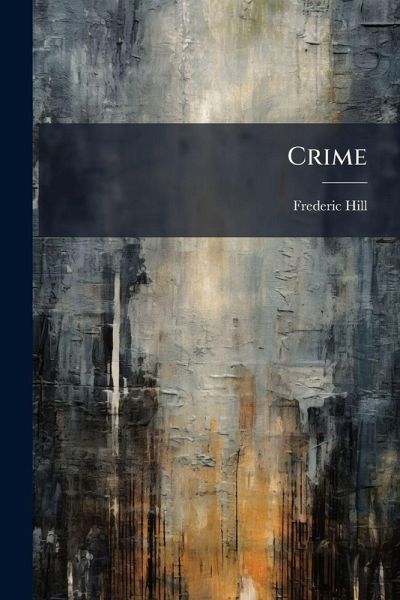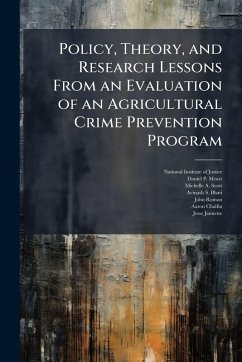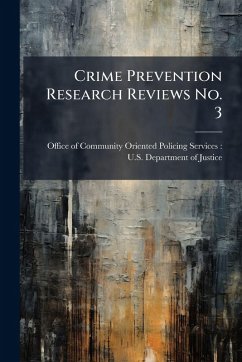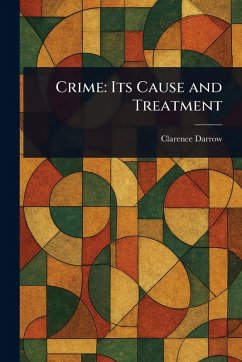
Crime
Versandkostenfrei!
Versandfertig in über 4 Wochen
25,99 €
inkl. MwSt.
Weitere Ausgaben:

PAYBACK Punkte
13 °P sammeln!
"Crime: Its Amount, Causes and Remedies" by Frederic Hill, originally published in 1853, offers a fascinating look into 19th-century perspectives on crime and punishment. Hill examines the extent of criminal activity, delves into its underlying causes, and proposes potential solutions rooted in social reform and improved legal practices. This historical work provides valuable insights into the evolution of criminological thought and the ongoing debate about the nature of crime and its societal impact. Readers interested in the history of law enforcement, social work, and the development of mod...
"Crime: Its Amount, Causes and Remedies" by Frederic Hill, originally published in 1853, offers a fascinating look into 19th-century perspectives on crime and punishment. Hill examines the extent of criminal activity, delves into its underlying causes, and proposes potential solutions rooted in social reform and improved legal practices. This historical work provides valuable insights into the evolution of criminological thought and the ongoing debate about the nature of crime and its societal impact. Readers interested in the history of law enforcement, social work, and the development of modern justice systems will find this book particularly compelling. Hill's detailed analysis and proposed remedies offer a snapshot of the Victorian era's attempts to understand and address the complex problem of crime, making it a relevant and engaging read for contemporary audiences. This work has been selected by scholars as being culturally important, and is part of the knowledge base of civilization as we know it. This work was reproduced from the original artifact, and remains as true to the original work as possible. Therefore, you will see the original copyright references, library stamps (as most of these works have been housed in our most important libraries around the world), and other notations in the work. This work is in the public domain in the United States of America, and possibly other nations. Within the United States, you may freely copy and distribute this work, as no entity (individual or corporate) has a copyright on the body of the work. As a reproduction of a historical artifact, this work may contain missing or blurred pages, poor pictures, errant marks, etc. Scholars believe, and we concur, that this work is important enough to be preserved, reproduced, and made generally available to the public. We appreciate your support of the preservation process, and thank you for being an important part of keeping this knowledge alive and relevant.












